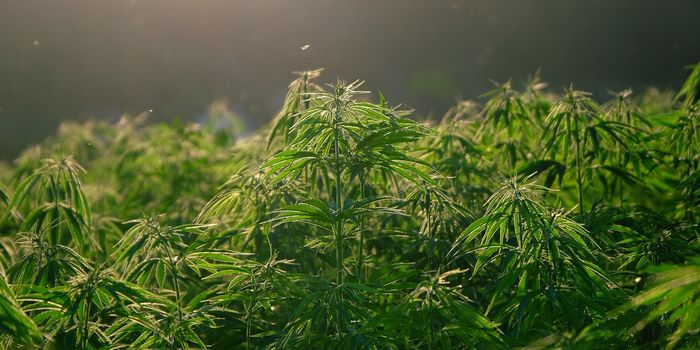Current Animal Conservation Efforts Skip Over Key Habitats, Study Finds
When it comes to animal conservation, opinions vary from one person to the next concerning how to go about it. But a new study published this week in the journal Science Advances describes what could be a practical method for conserving valuable wildlife.
Image Credit: Pixabay
While most agree that conserving untouched wilderness is the way to go, the study instead suggests that it’s more important to focus primarily on critical habitats. In other words, it might be better to increase conservation efforts in regions known to have sophisticated wildlife density rather than working to preserve empty forests.
"There's a lot of discussion about protecting 'Half Earth' as a minimum to protect biodiversity. The challenge is, which half do we protect?" said Stuart L. Pimm, the lead author of the study.
"The predilection of national governments is to protect areas that are 'wild'—that is, typically remote, cold, or arid. Unfortunately, those areas often hold relatively few species. Our analysis shows that protecting even as much as half of the world's large wilderness areas will not protect many more species than at present."
Related: Anthropogenic noise pollution threatens wild spaces
Many endangered animals reside outside of protected wildlife parks and untouched patches of wilderness. That said, these animals will be the first to suffer the consequences if conservation efforts fail to focus on critical habitats.
The researchers allegedly reached their conclusion after analyzing current conservation techniques and putting everything they found on a map. While ongoing efforts do a fair job of protecting many animal populations from declining, results could be improved by targeting the key habitats that reside far and few in between these general focus zones.
As the researchers put it, it’s a matter of ‘filling the gaps.’
"Certainly, there are good reasons to protect large wild areas: they provide environmental services," Pimm added.
"An obvious example is the Amazon, where the loss of the forest there might cause massive changes to the climate. But to save as much biodiversity as possible, we have to identify the species that remain poorly protected—which this paper does—and then pinpoint where they are, so we can effect practical conservation."
Related: Giant panda removed from the endangered species list
As it would seem, an astonishing number of critical habitats reside within these so-called ‘gaps,’ and because they exist outside of protected, untouched wildernesses, they don’t receive as much attention from conservation efforts as they should.
The results underscore a momentous issue with current animal conservation efforts and may lay the groundworks for improvements in the future. At least, that’s the hope anyway.
It should be interesting to see how animal conservationists respond to the findings and whether they’ll consider them for future conservation plans. Of course, only time will tell…
Source: Phys.org, Science Advances









